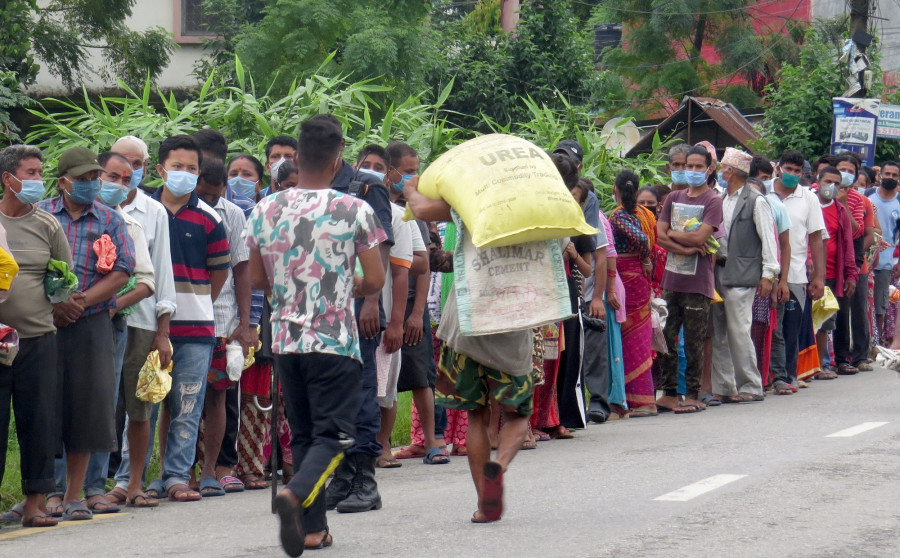Editorial
Always a shortage
There is something seriously wrong when farmers face a lack of fertiliser every year.
In our case, it is a repeated cycle of careless governance and a complete lack of government empathy. Following massive criticism for not being able to supply enough chemical fertiliser during the peak paddy transplantation season last year, authorities had assured farmers that the availability of plant nutrients would not be an issue. Thanks to an adequate stock of the essential farm input and preorders, officials also estimated that by the end of the fiscal year 2020-21 ending mid-July, the fertiliser supply would hit a record 500,000 tonnes. But as thousands of farmers prepare or figure out how to start paddy transplantation amid stringent restrictions to curb a deadlier second wave of the pandemic, the touted assurances have offered no respite.
Last year, owing to restrictions and supply disruption, fertiliser imports fell short to 250,000 tonnes which made tens of thousands of farmers miss out on a super harvest since the monsoon rains were good and there was no shortage of labour. But as the transplantation seasons begin this month, the shortage is not due to the unavailability of fertilisers and seeds but due to the blanket restrictions, excluding “essential commodities” that have stalled the distribution of essential agricultural inputs despite adequate stock with suppliers. The government must consider that paddy is the primary source of income for some 60 percent of the population. They endured enormous losses last year due to a shortage of fertiliser.
According to the Agriculture Ministry, the annual demand for chemical fertiliser currently stands at more than 700,000 tonnes while official imports only reach around 300,000 tonnes. The government has allocated Rs11 billion in fertiliser subsidies which fulfil about 40 percent of the total demand. The rest of the demand is met either by informal imports or shipments smuggled across the border. Last year, the fertiliser shortage hit farmers right from the beginning of the planting season in June. There was an acute shortage in the supply of diammonium phosphate as the pandemic disrupted global production and supply chain. It was followed by a lack of urea, essential for the first and second top dressing in the first three weeks after paddy transplantation and the second eight weeks later.
Paddy transplantation begins in June, and the harvest starts in November. Paddy alone accounts for 7 percent of the 26 percent that the agriculture sector contributes to the national gross domestic product. The country’s economic growth depends on paddy production, and economists say agricultural output in the country has declined whenever there is a shortage of chemical fertiliser, which determines production. According to Salt Trading Corporation, the country currently has a stock of 80,000 tonnes of fertiliser—35,000 tonnes of diammonium phosphate, 35,000 tonnes of urea, and 10,000 tonnes of potash. The paddy cultivation season requires some 60,000 tonnes of diammonium phosphate and 110,000 tonnes of urea.
The government must immediately expedite the process to address this deficit and work on a framework to ensure farmers can resume their work safely and have access to essential supplies by lifting the restriction on the distribution and supply of essential fertilisers as prohibitory orders continue across the country.




 11.12°C Kathmandu
11.12°C Kathmandu












%20(1).jpg&w=300&height=200)

